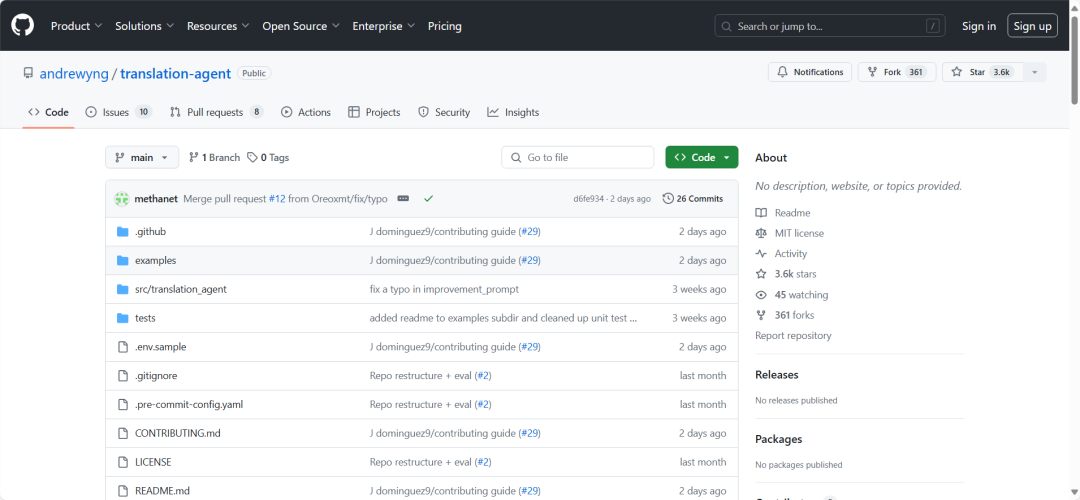
1. Input a prompt to have the LLM translate text from source_language to target_language;
2. Allow the LLM to reflect on the translation results and propose constructive improvement suggestions;
3. Use these suggestions to improve the translation.
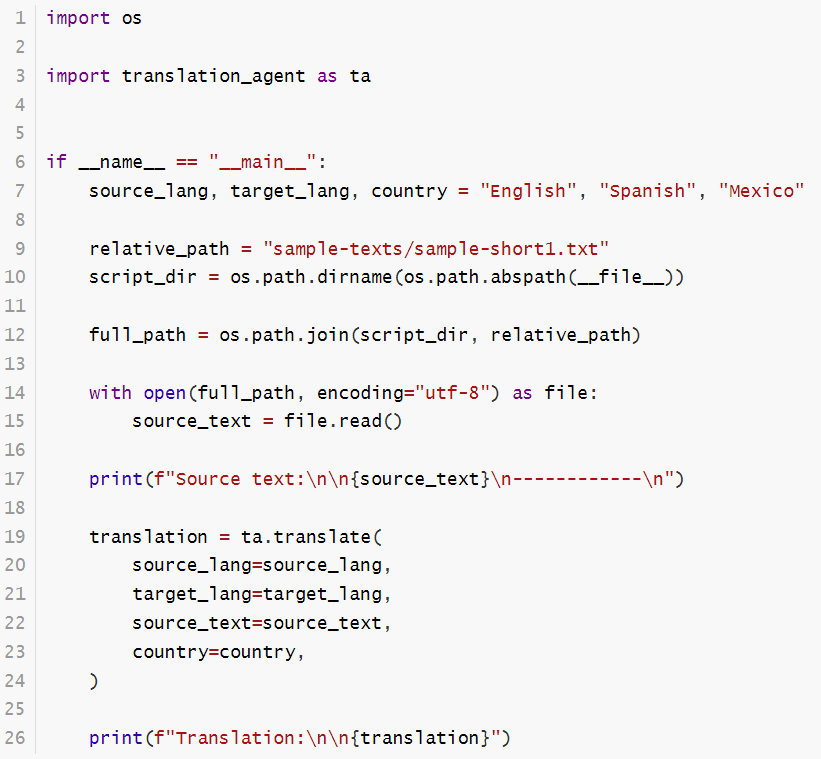
Reflection Pattern
Tool Use Pattern
Planning Pattern
Multi-agent Collaboration Pattern
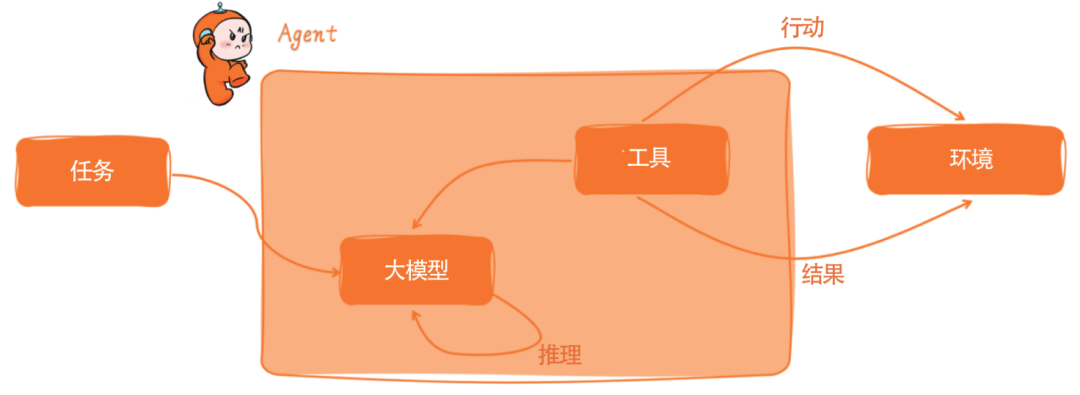
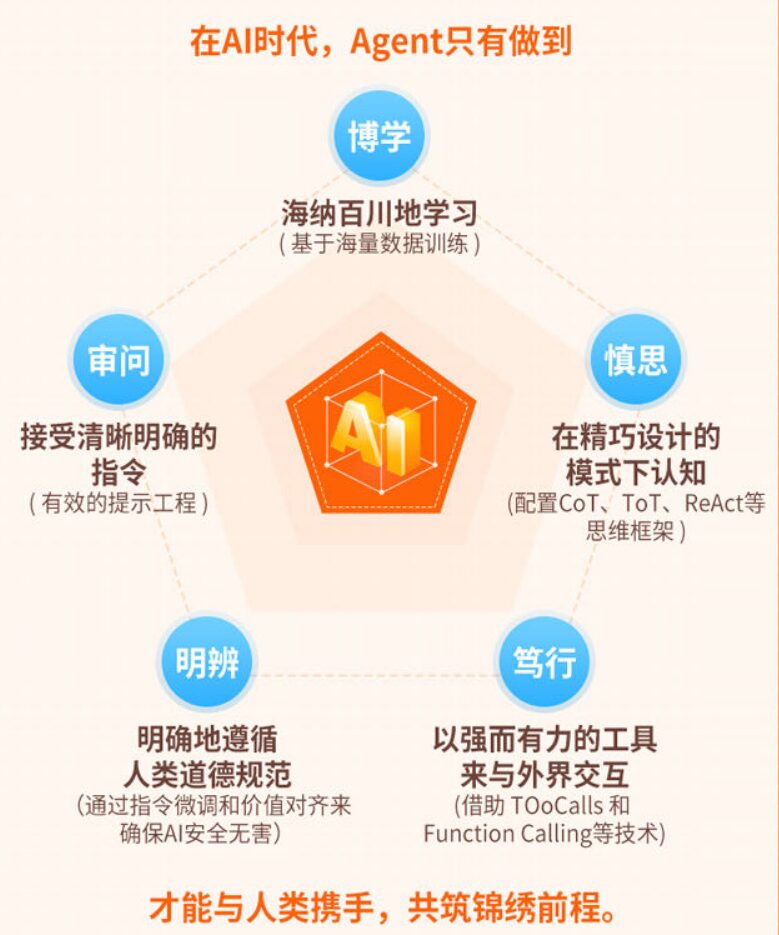
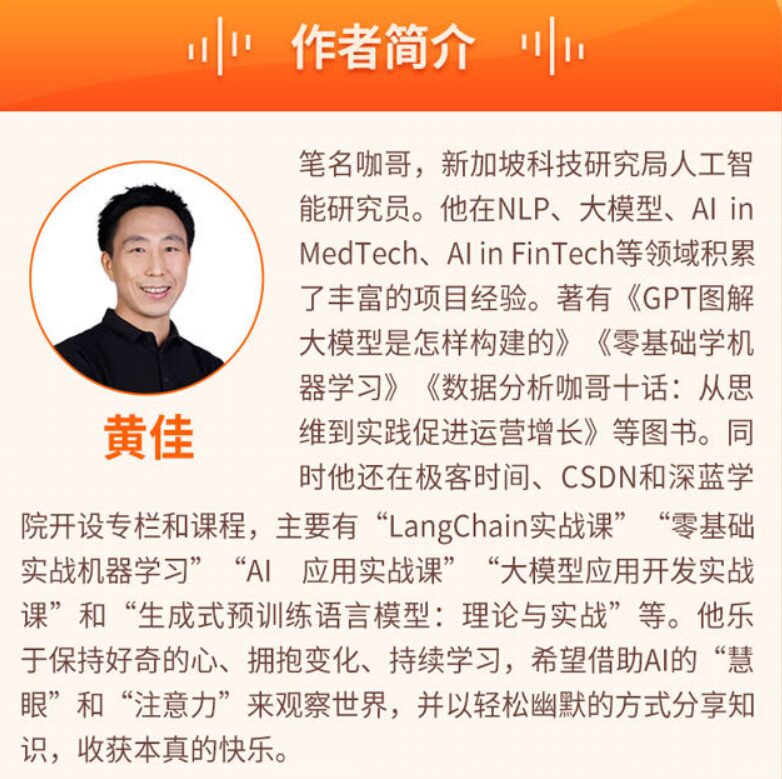


Share Your Thoughts ontranslation-agent
Participate in the interaction in the comment section, click to view and share the activity to your Moments. We will select 1 reader to receive an e-book version, deadline July 15.